Silicon Valley and the American Dream
This Californian region symbolizes the American culture of entrepreneurship and innovation. It embodies the pursuit of success and the belief in technology’s power to shape the future.

The Role of City Government in Fostering Innovation
City governments play a pivotal role in cultivating environments conducive to innovation. By implementing strategic initiatives and fostering public-private partnerships, they can effectively catalyze economic growth and societal progress. One crucial aspect is creating a culture of change within city hall itself, encouraging a willingness to embrace new ideas and adapt to evolving circumstances. This can involve streamlining bureaucratic processes, promoting data-driven decision-making, and fostering collaboration among different departments.
Furthermore, city governments can incentivize innovation by providing financial and logistical support to startups and established companies alike. This may take the form of grants, tax breaks, or access to incubator spaces and research facilities. Moreover, investing in infrastructure, such as high-speed internet, efficient transportation networks, and smart city technologies, is essential for attracting talent and facilitating the development and deployment of novel solutions.
Equally important is the role of city government in promoting inclusivity and accessibility within the innovation ecosystem. This entails ensuring that opportunities are available to individuals from all backgrounds and socioeconomic levels, regardless of race, gender, or ethnicity. By actively supporting underrepresented entrepreneurs and fostering a diverse and welcoming environment, cities can unlock a wider range of perspectives and talents, leading to more comprehensive and equitable innovation.
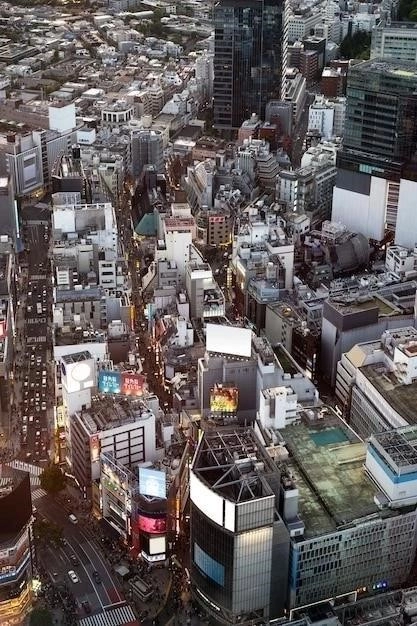
Cultural Diversity as a Catalyst for Creativity
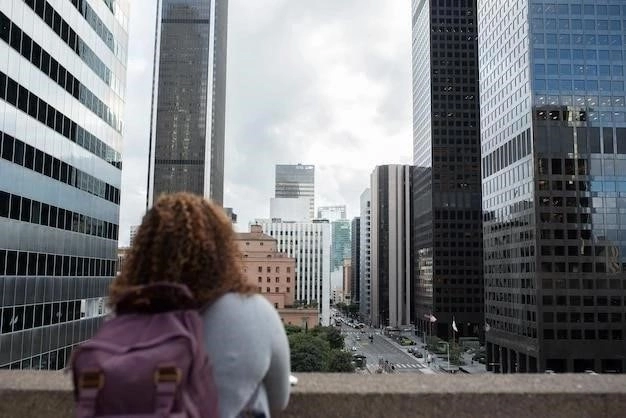
Cultural diversity stands as a powerful engine of innovation, driving creativity and economic growth within American cities. When individuals from diverse backgrounds, perspectives, and experiences converge, they bring a rich tapestry of ideas, knowledge, and approaches to problem-solving. This intersection of different cultural influences fosters a dynamic environment where traditional assumptions are challenged, new perspectives emerge, and novel solutions are generated.
The presence of multiple cultures creates a fertile ground for cross-pollination of ideas. Exposure to different cultural values, artistic expressions, and ways of life can spark fresh insights and inspire innovative thinking. Moreover, cultural diversity enhances a city’s ability to understand and cater to a wider range of needs and preferences, leading to the development of more inclusive and responsive products, services, and solutions.
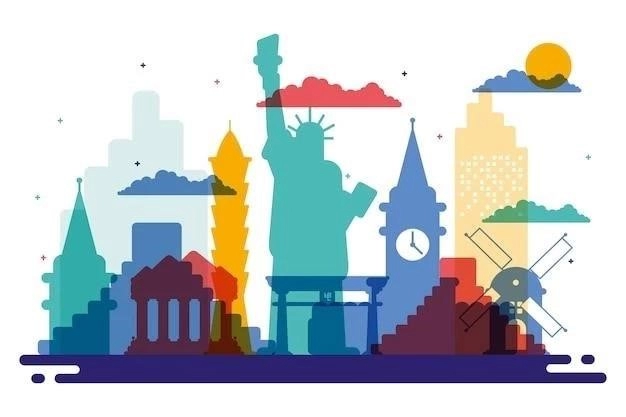
Furthermore, a culturally diverse environment attracts and retains a global talent pool. Skilled individuals from around the world are drawn to cities that embrace inclusivity and offer opportunities to engage with a variety of cultures. This influx of talent brings new skills, perspectives, and networks, further enhancing a city’s capacity for innovation and economic competitiveness.

Examples of Urban Innovation in American Cities
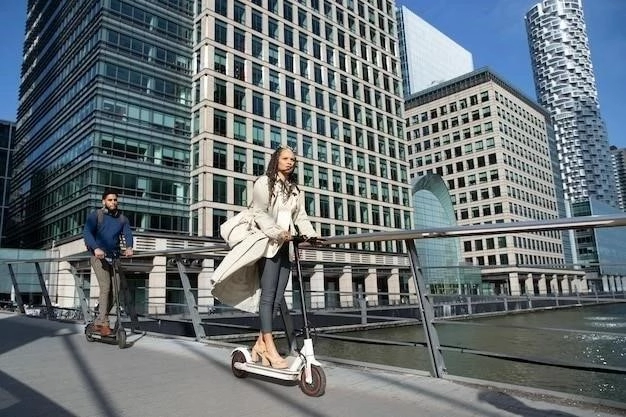
Across the United States, cities are transforming themselves into laboratories of urban innovation, addressing challenges and enhancing quality of life through creative solutions. In Seattle, Washington, proactive initiatives have focused on sustainable urban development, leveraging its access to clean energy to foster a robust green economy and prioritize environmental sustainability. Pittsburgh, Pennsylvania, once a hub for heavy industry, has reinvented itself as a center for robotics and autonomous vehicle technology, attracting significant investment and fostering job growth in cutting-edge fields.
Denver, Colorado, has emerged as a leader in smart city technology, implementing innovative solutions to improve transportation, public safety, and environmental sustainability. Meanwhile, San Francisco, California, renowned for its thriving tech sector, continues to be at the forefront of urban innovation, with initiatives focused on mobility solutions, affordable housing, and civic engagement through technology.
These are but a few examples of the diverse ways in which American cities are harnessing innovation to address urban challenges. From infrastructure improvements to social equity programs, these initiatives demonstrate the transformative power of creativity and collaboration in shaping the future of urban life.
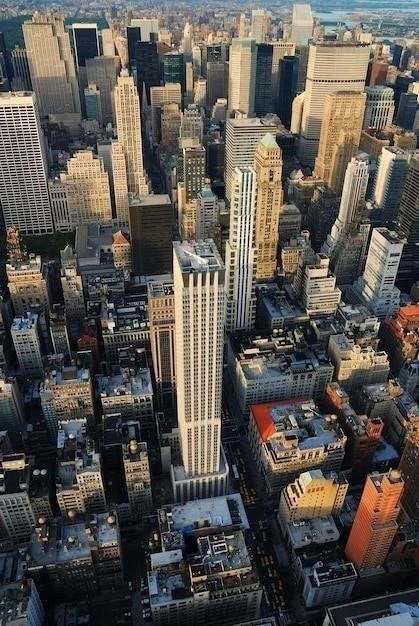
The Future of Innovation in American Cities
The future of innovation in American cities will be shaped by a confluence of technological advancements, evolving demographics, and a growing awareness of the need for sustainability and inclusivity. As urban populations continue to grow and diversify, cities will face mounting pressures to address challenges related to housing, transportation, infrastructure, and social equity.
Emerging technologies, such as artificial intelligence, the Internet of Things, and data analytics, hold immense potential to address these challenges in innovative and transformative ways. Cities that effectively harness these technologies will be better equipped to optimize resource allocation, enhance service delivery, and create more livable and resilient communities.
Moreover, fostering a culture of collaboration among government, the private sector, academic institutions, and citizens will be crucial for driving meaningful innovation. By embracing open data initiatives, supporting public-private partnerships, and engaging citizens in the innovation process, cities can tap into a wider pool of ideas and resources to address their unique challenges and opportunities.










